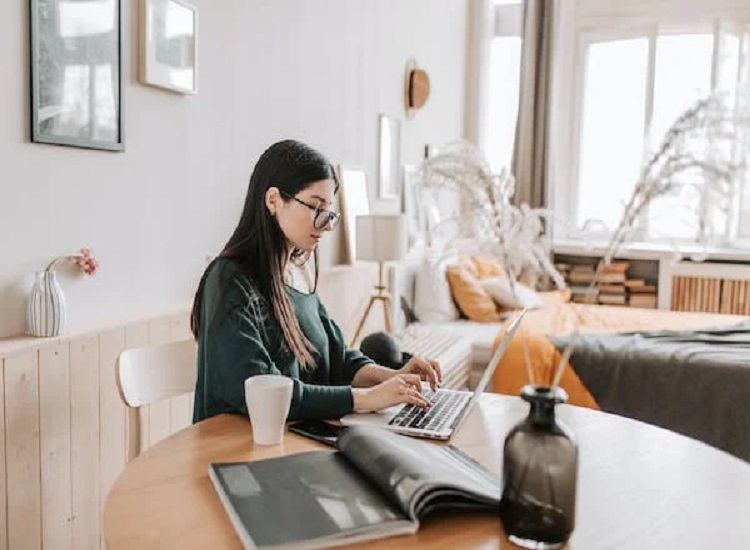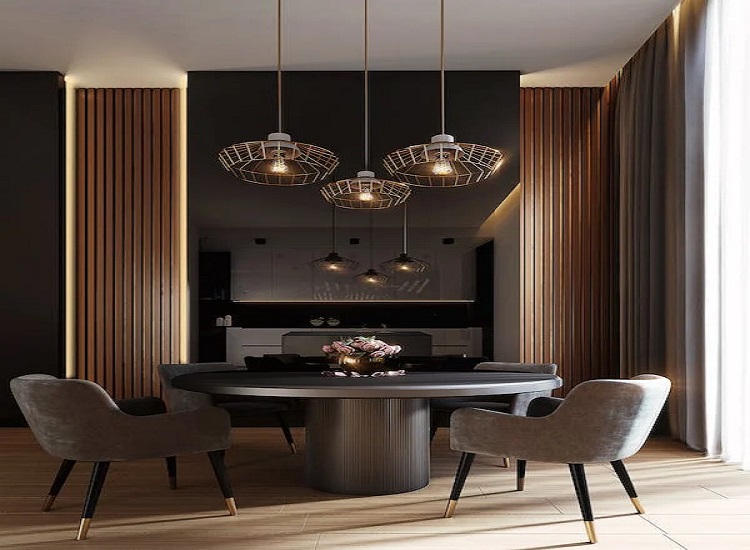A successful interior often starts with finding an interior architect with whom it clicks. When styles and opinions collide, this will also be noticeable during the delivery of your interior. Renoveeruwwoning gives some tips to make the search easier and also looks at the tasks and duties of the interior architect.
Collaborating with an interior architect: the quest
Interior architectThe search for an interior architect starts with determining your favorite interior style. Although interior architects can handle different interior styles, it is advisable to visit someone who feels at home in your style. This will immediately become clear when viewing the portfolio.
Even if you have specific requirements in the field of the environment or energy consumption, it is advisable to consult a specialized interior architect.
To find out whether an interior architect meets your criteria, you can look at completed projects during open days, in interior magazines, with acquaintances or on the website of the interior architect. Based on these references, you can immediately see whether you are on the same wavelength in terms of taste, design and spatial experience.
It is also advisable to find an interior architect from your area. This will have more contact with the environment and knows the local services in urban development. The follow-up of the works will also run more smoothly if the interior architect lives in the same area.
An image says more than a thousand words
To make it clear to your interior designer what your wishes are, you can look for inspiring atmospheric images in magazines or websites. Keep all photos and show them during the introductory meeting. If certain colours, fabrics, furniture or styles appeal to you, you can also submit them.
Based on these images, the interior architect will be able to form a picture of your wishes more quickly, which will quickly steer the interior project in the right direction.
Family event
Involve all residents in the preparatory work. If differences of opinion arise on certain subjects, you can always communicate them to the interior designer. He can then work on a creative solution that everyone feels comfortable with.
Future plans
Think sufficiently future-oriented so that your interior will remain functional later on. This can be about getting older, a desire to have children, starting a business, or placing an outbuilding, …
Needs and requirements
Determine the specific needs per room. Do remain open-minded to interior ideas from the interior architect or interior designer. After all, he is an expert in the field and will think of a lot of things that you hadn’t thought of yourself.
Budget interior architect
Draw up a well-considered budget for yourself. Also, try to make it clear to the interior architect or interior designer that you do not want to exceed this amount. Since there can often be unexpected costs that only become visible during the demolition work of the interior, it is advisable to provide a reserve.
Information about the property
Find all plans and construction photos of the building and, if possible, take copies for the interior architect or interior designer.
Tips for a smooth collaboration with your interior designer
In order to obtain a successful interior, it is important to regularly consult with the interior architect. It is best to follow the tips below, both during the design phase and during implementation:
Keep looking for ideas
Think about your interior regularly as the work progresses. Dare to adjust previous ideas and be prepared to make adjustments.
Build trust
If the relationship with the interior designer or interior architect is difficult, it is important to create clarity as early as possible. A relationship of trust must be established that lasts. Once you are no longer convinced of the technical knowledge and good will of the interior architect, the project will be an unpleasant experience for both parties.
Speak clear language
Being able to convey ideas and being able to base yourself on a plan are the keys to the success of an interior design. There must be clear communication about painting techniques, wallpaper, fabrics, products, time schedules, contractors, sketches, plans, floor finishing,… When everything is clear to both parties, no discussion will be necessary.
Stay focused
If you find the approach of the entire house as one project too overwhelming, you can opt to do it floor by floor. Also prioritize which rooms you prefer to have ready first and tell this at the introductory meeting with the interior designer.
Stay flexible
Product delivery times, execution schedules, bad weather and other unforeseen circumstances are just a few aspects that lead to unavoidable time extensions. So be open to any delays and look for a solution together to get the interior project back on schedule.




